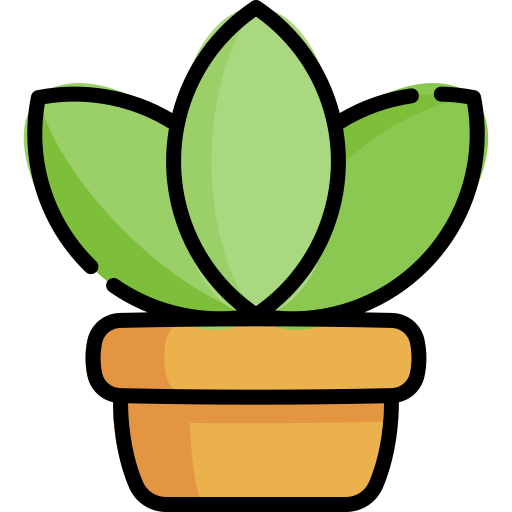Author: Indoor Plant Nook
-

Life Cycle of an Orchid Plant: A Complete Guide
What is the life cycle of an orchid? The life cycle of an orchid plant begins with a microscopic seed that, under ideal conditions, germinates into a protocorm. This develops into a seedling, which then enters a long vegetative stage focused on leaf and root growth. Once mature, the orchid produces a flower spike, enters…
-

7 Proven Tips on How to Plant Orchid Seeds Successfully (Beginner’s Guide)
Want to try growing orchids from seeds? Orchids are stunning flowers that show elegance and patience. They’re not like regular plants you just toss in the soil. Growing orchids from seeds takes time and care. It’s tricky, but watching them grow is super rewarding. If you’re ready for a fun challenge, this is for you!…
-

Why Are My Orchid Leaves Turning Yellow? Causes, Fixes & Prevention
Wondering why your orchid leaves are turning yellow? You’re not the only one. Orchids are stunning, but they can be picky. Yellow leaves are one of the most common problems people face with them. But don’t panic—yellow leaves don’t always mean your orchid is dying. Sometimes, it’s just a sign of natural aging. Other times,…
-

Do Snake Plants Like Humidity? 7 Proven Tips to Keep Them Thriving (Essential Guide)
Do Snake Plants Like Humidity? Short Answer: Yes, but in moderation. Snake plants are resilient and can tolerate dry air, but they thrive in stable, moderate humidity levels of around 40-50%. Extremes, both high and low, can cause problems. Snake plants, also known as Dracaena trifasciata (formerly Sansevieria trifasciata), are celebrated for their incredible resilience…
-
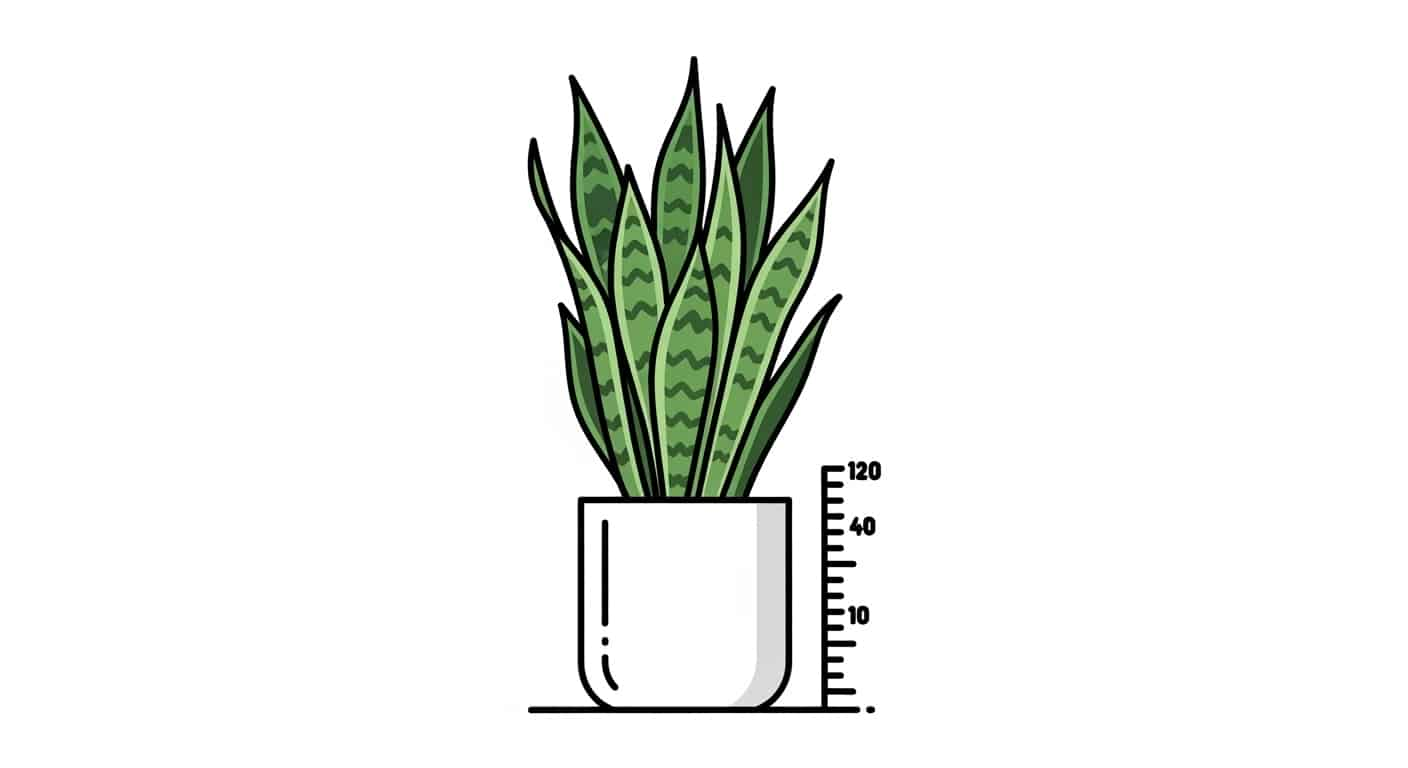
How Fast Do Snake Plants Grow? A Complete Guide
How Fast Do Snake Plants Grow? Snake plants typically grow slowly, producing 2-4 new leaves and 1-3 new shoots each year under ideal conditions. Their growth speed depends on factors like light, water, soil, and temperature. Snake plants, known scientifically as Dracaena trifasciata, are one of the most recognizable and popular houseplants you can find.…
-
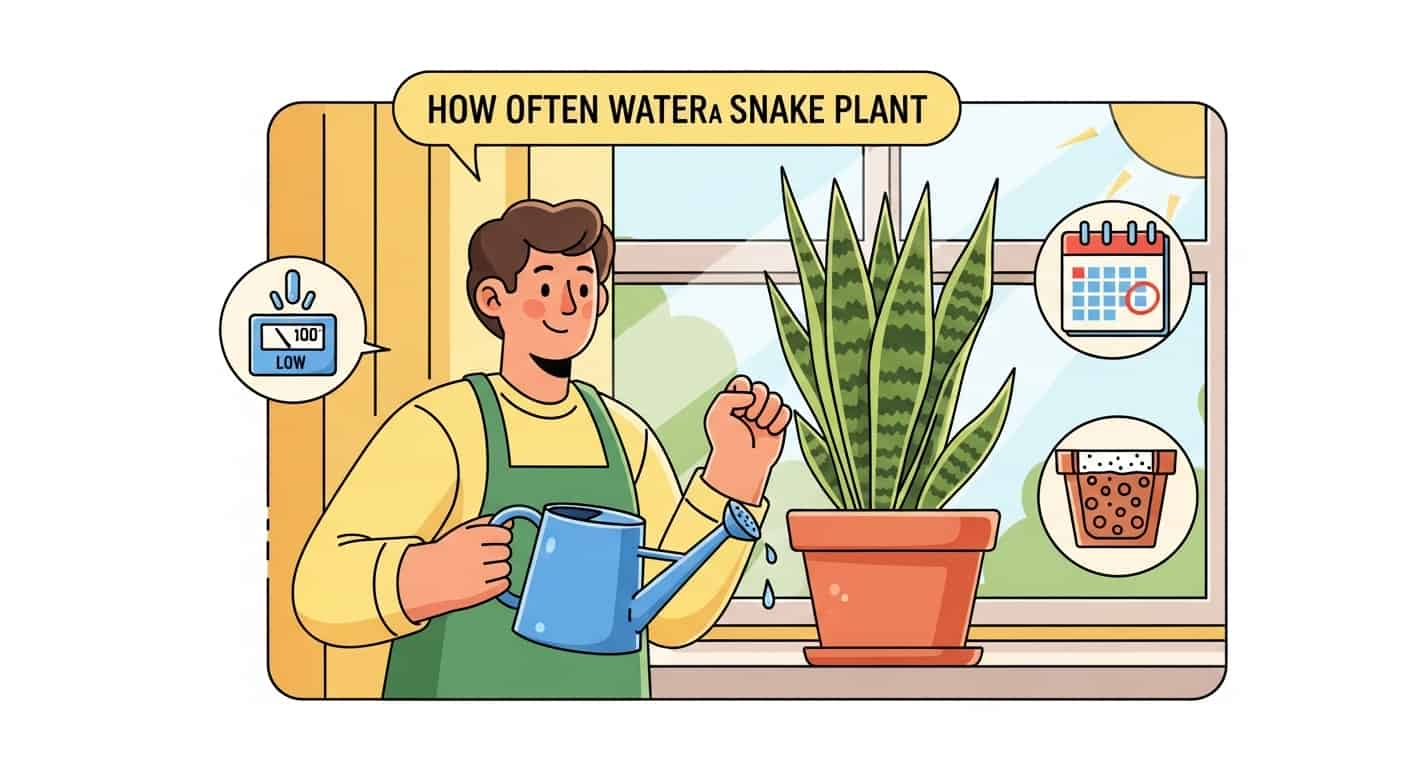
Snake Plant Watering Guide: How Often & Best Practices
Quick Answer: You should water your snake plant (Sansevieria trifasciata) only when the soil is completely dry. For most indoor environments, this means watering every 2 to 8 weeks. However, the exact frequency depends heavily on factors like light, temperature, pot size, and the season. Always check the soil moisture before watering; it’s far better…
-
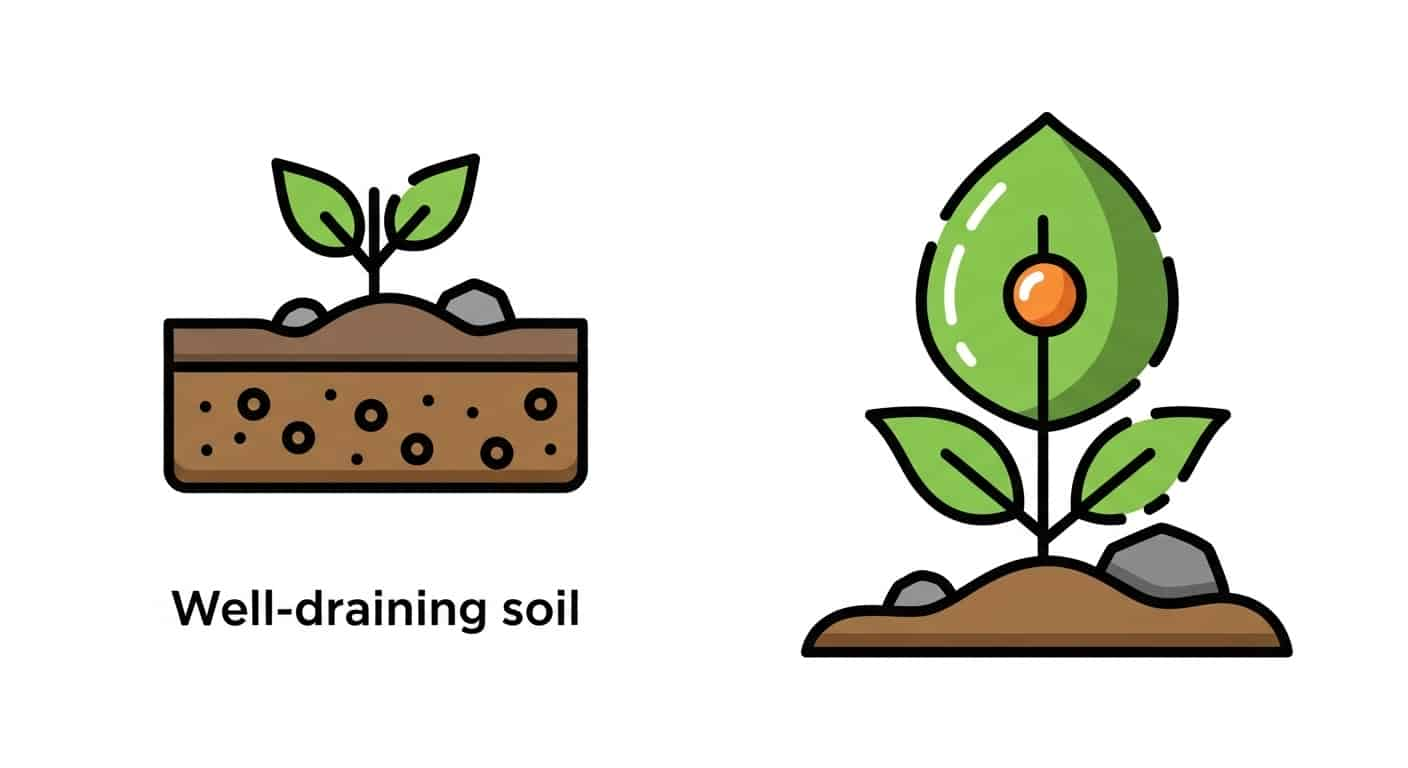
Snake Plant Care: 12 Ultimate Tips to Keep Your Sansevieria Thriving
Want one of the easiest houseplants to care for? Meet the snake plant. It’s simple and rewarding to grow.You might wonder: how often to water it?What soil should you use?How much light does it need? This guide gives you the basics in clear, quick steps.Follow it and your snake plant (Sansevieria or Dracaena) will stay…
-
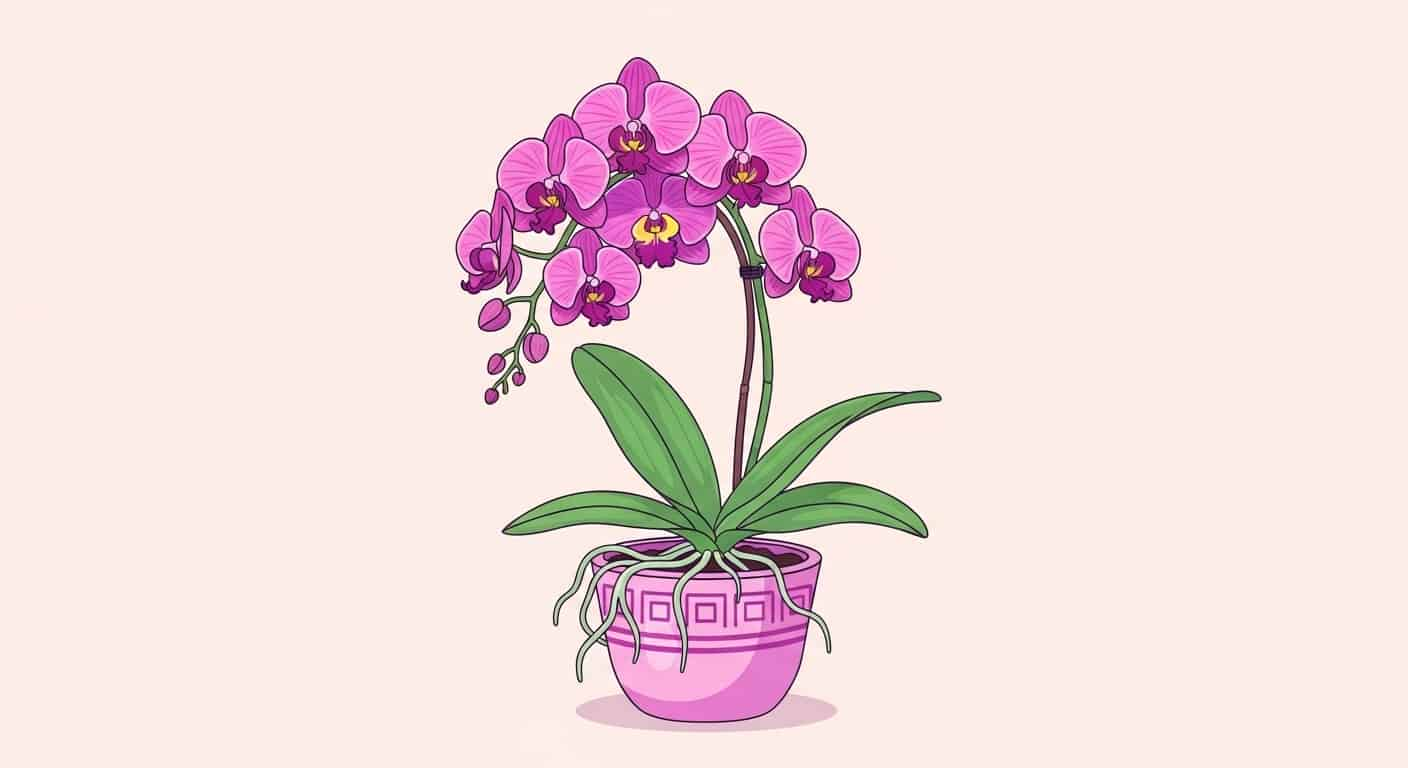
Why Are Orchids So Hard to Keep Alive? Tips to Thrive
Why Are Orchids So Hard to Keep Alive? (Quick Answer) Orchids are often considered hard to keep alive due to their specific care needs, such as proper watering, humidity, light, and temperature, which differ greatly from typical houseplants. However, with the right techniques, like placing them near a south-facing window, avoiding excess water, and understanding…
-
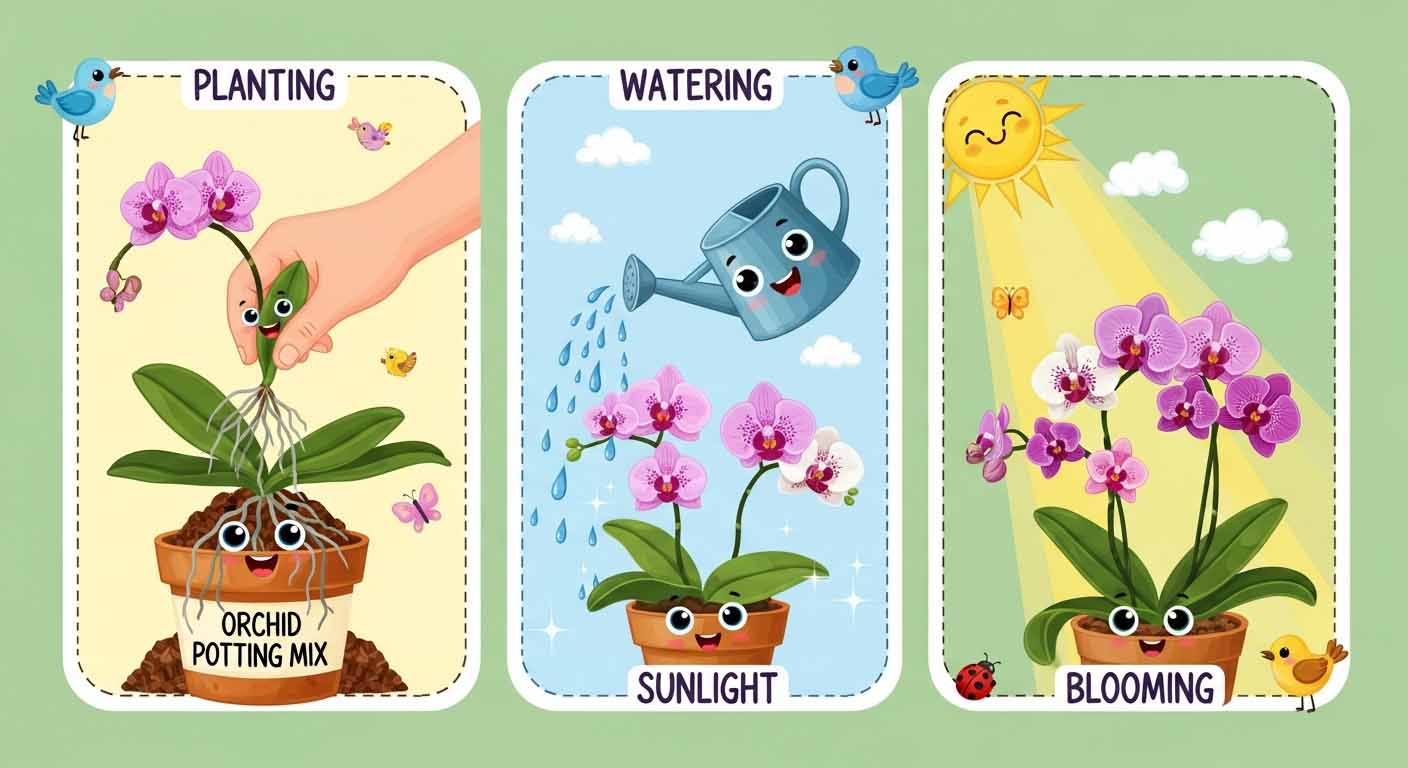
10 Proven Tips for Orchid Growing for Beginners: A Joyful Guide to Gorgeous Blooms
Orchid growing can feel hard for beginners.But it’s easier than you think.If you’ve admired a graceful Phalaenopsis or bright Dendrobium and asked, “How do orchids grow?”You’re in the right place. 10 Proven Tips for Mini Orchid Care: The Ultimate Guide to Thriving Blooms Want to grow orchids but don’t know where to start?This complete guide…
-
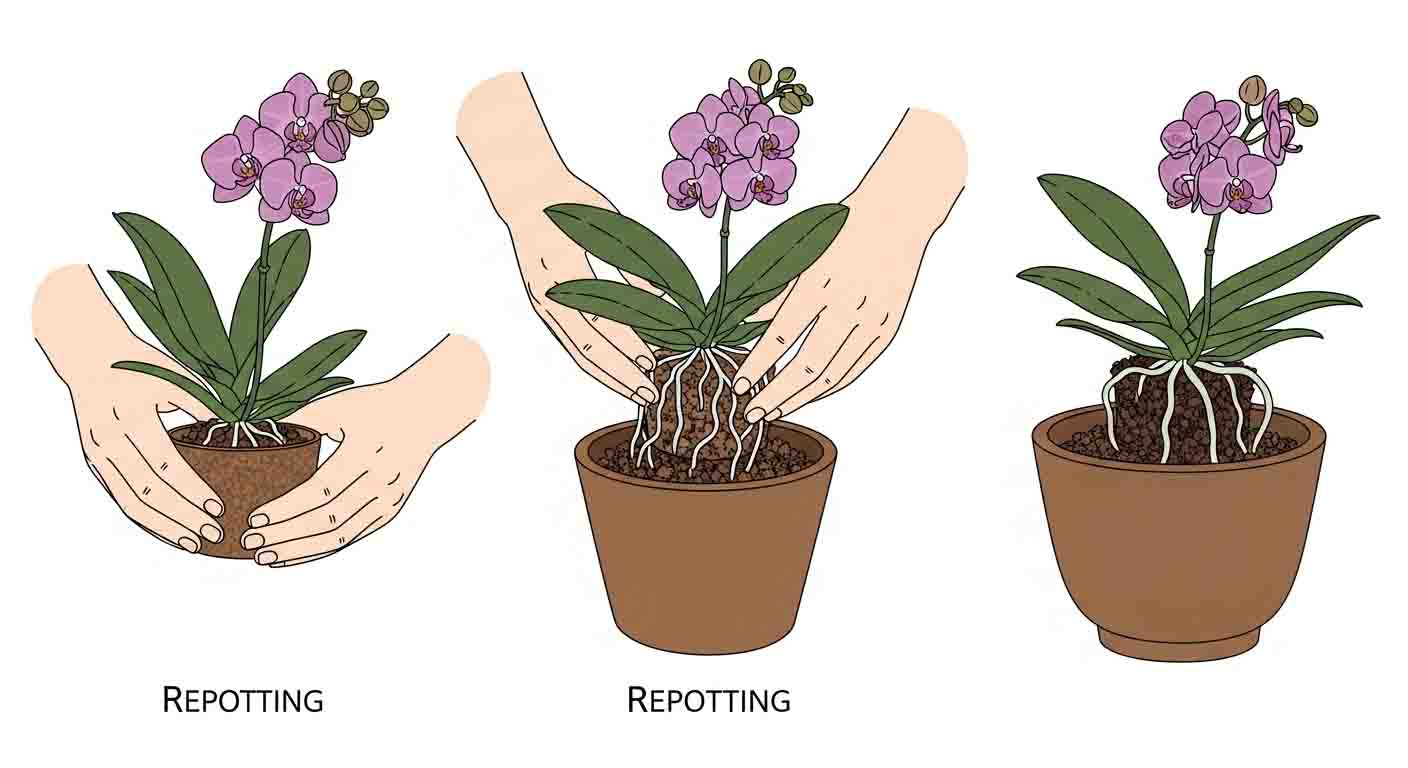
10 Proven Tips for Mini Orchid Care: The Ultimate Guide to Thriving Blooms
Mini orchids are perfect for plant lovers who want beauty in a small size.They look just like full-sized orchids but take up much less space.You can place them on your desk, a shelf, or a small windowsill.Taking care of these little plants is simple and fun.They bring a touch of elegance to any spot without…
